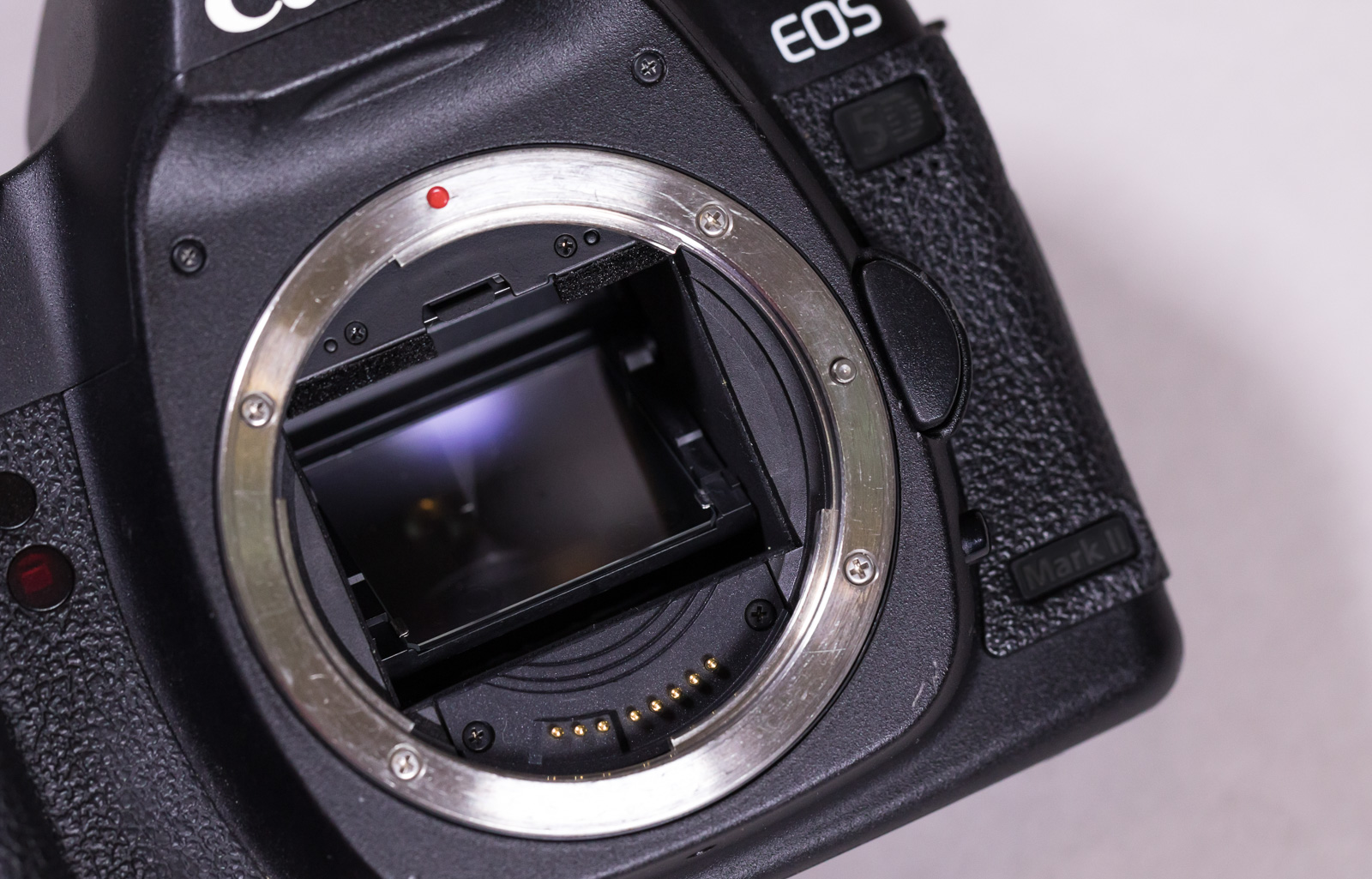A friend had trouble emailing photos from his smartphone. His photos were more than eight megapixels and he was trying to email two dozen of them in a single email. His email did not want to send an email totaling 400 megabytes. The resolution of his smartphone camera captured far more pixels than he needed and the files were … not small.
Problem #2
If you upload a small photo to an online service, particularly social media, that service will likely attempt to enlarge the photo … and you may not like the quality of the result. While shrinking a photo typically does not have a negative impact on photo quality, enlarging can possibly have undesirable results because the enlarging process is attempting to invent pixels that did not originally exist.
Display on a smartphone
If you primarily look at photos on your phone, then 5 megapixels is more than you need.
Consider the display resolution of some popular smartphones:
- Google Pixel 3 is 1080 x 2160 … 2.3 MP
- iPhone X is 1125 x 2436 … 2.7 MP
- Razor Phone 2 is 1440 x 2560 … 3.6 MP
- Samsung Galaxy S9 is 1440 x 2960 … 4.2 MP
Printing a photo onto paper is the most demanding application. As a general rule of thumb, high-quality printing requires between 240 to 300 pixels per printed inch. The bigger your print, the more pixels you need.
Example: A 5-megapixel photo should print well up to 8×10 inches
(8×240) x (10×240) = 4.6 megapixels
The recommended upload size is 1,200 × 630 pixels. You can certainly upload a larger photo, but Facebook will automatically shrink it.
By design, Instagram favors square photos. You can post a rectangular photo, the Instagram default is a square crop. Upon first uploading your photo, you have an opportunity to undo that crop, but you cannot subsequently edit the photo to change it after your posting is complete.
The recommended size ix 1080 × 1080 pixels. You can certainly upload a larger photo, but Instagram will automatically shrink it. If you upload a rectangular photo, it will be cropped to width 1080 pixels.
Recommended upload size is 1200 × 675 (aspect ratio: 16:9): You can certainly upload a larger photo, but Twitter will automatically shrink it.
Display on a tablet
Consider three tablets.
- Amazon Kindle Fire HDX 8.9” : 2560 × 1600 pixels, 8:5 aspect ratio
- Apple iPad 10.2” (2019) : 2160 × 1620 pixels, 4:3 aspect ratio
- Samsung Galaxy Tab A 10.1” (2019) : 1920 × 1200 pixels, 16:10 aspect ratio
If you size an image 2560×1600, it will display full-screen on the Kindle HDX 8.9” but may seem too large for both the iPad 10.2” and the Galaxy Tab A 10.1”. Not to worry, the tablet includes the necessary smarts to dynamically make your photo fit the device screen without modifying your stored photo.
You can certainly store photos with higher resolution than the device display; the only consequence is that the photos consume more storage space than is necessary.
eBook, part 1 – cover photo displayed in the ebook store
For the Kindle store, Amazon recommends 2500 x 1563 pixels.
eBook, part 2 – photos inside the book
In large part, this comes back tablet display screens. As the Kindle and iPad (described previously) are similar regarding 1600 pixels in the smaller dimension, you might size your photos to 1600 pixels. Amazon recommends twice this, 3200 pixels, but I don’t know why.
Upon uploading your eBook to the Kindle store, your photos will be automatically compressed. My latest ebook manuscript (with photos) was more than 12 megabytes before submitting, but Kindle compression reduced it to 4 megabytes.
The amount of royalty you earn from each book sale may be reduced because total eBook file size may incur a larger “delivery fee” per individual sale, perhaps fifteen cents per megabyte. An e-book with many high-resolution photos may incur a higher delivery charge and therefore reduce the royalties paid to the author.
